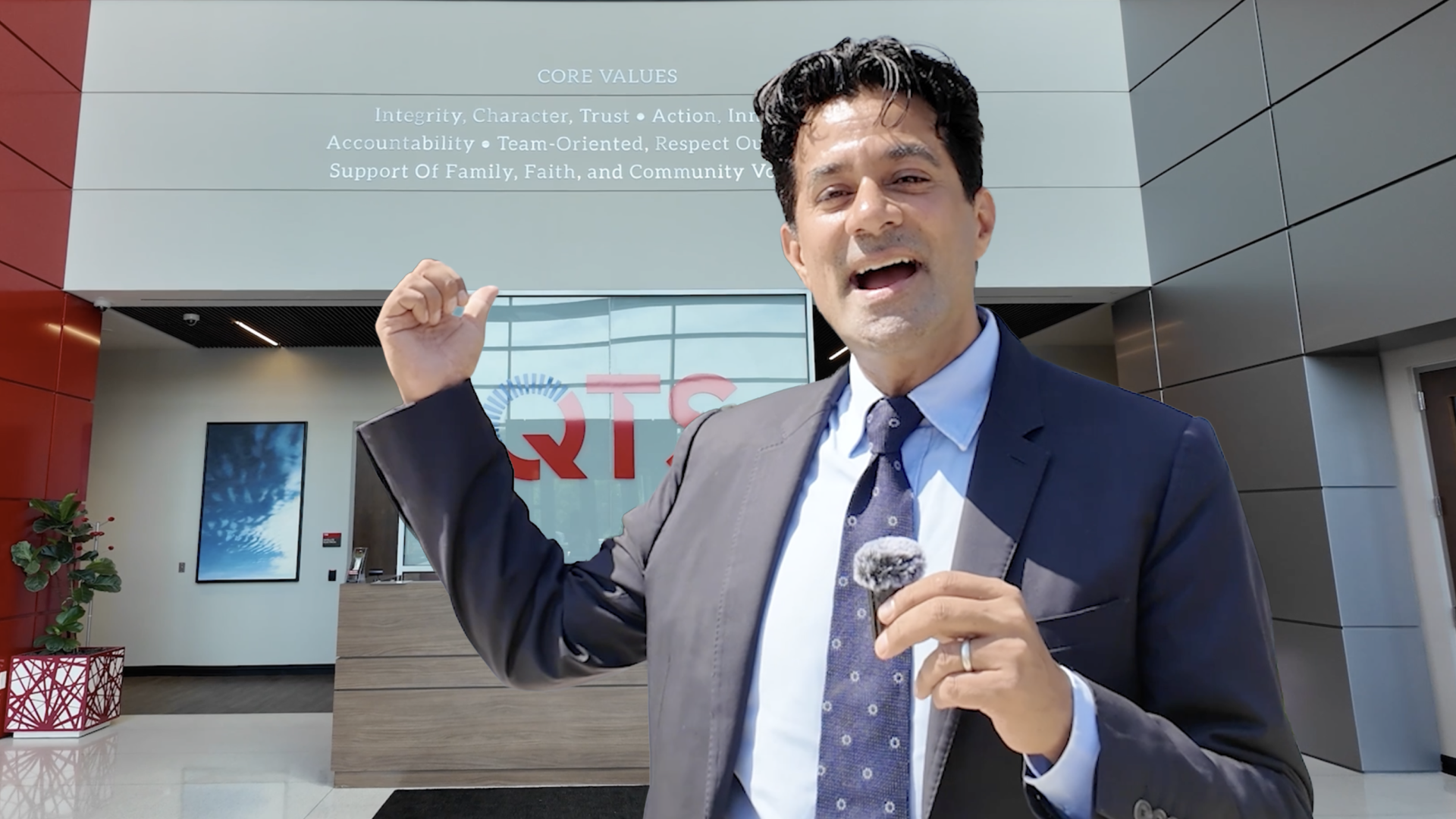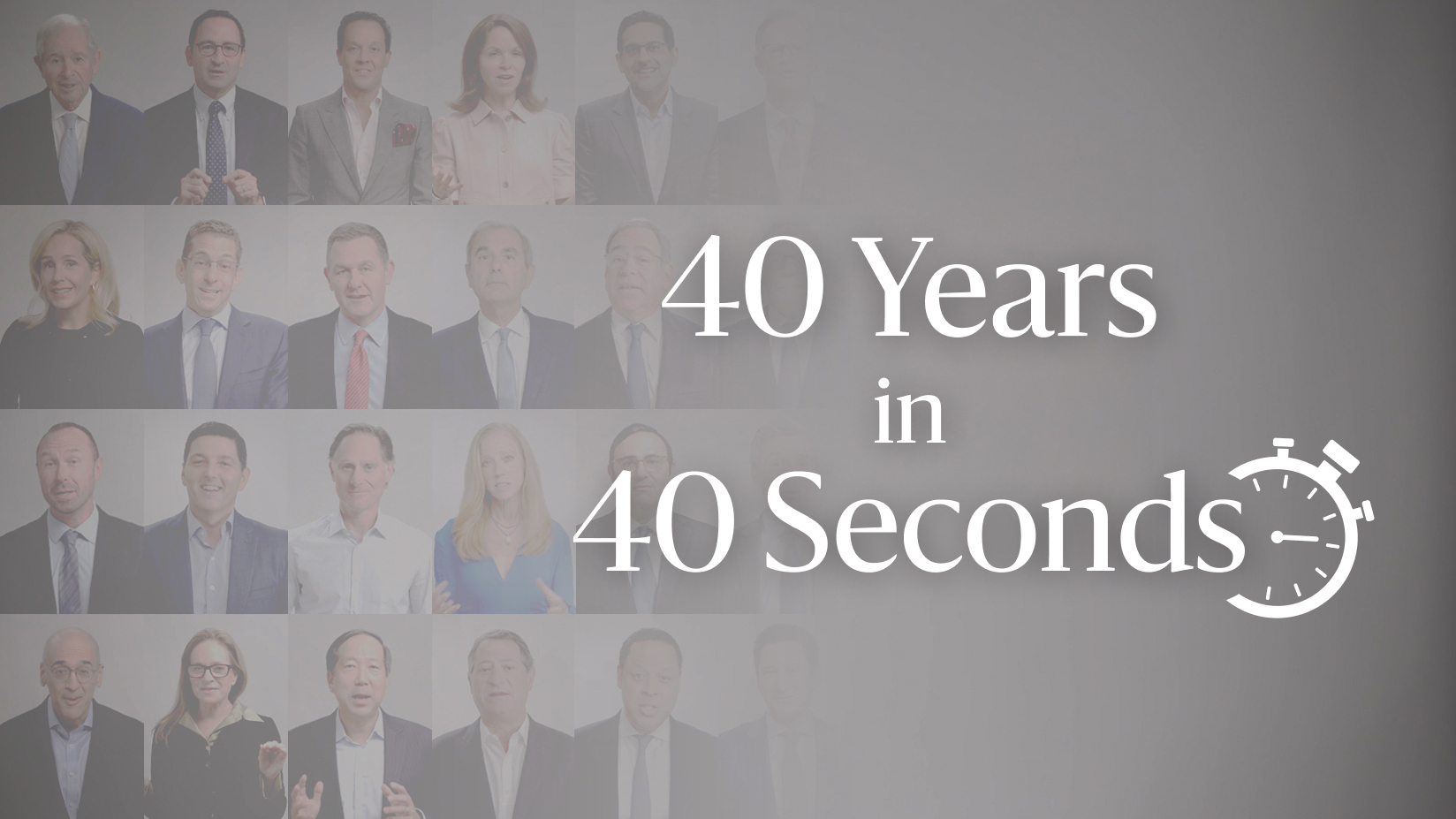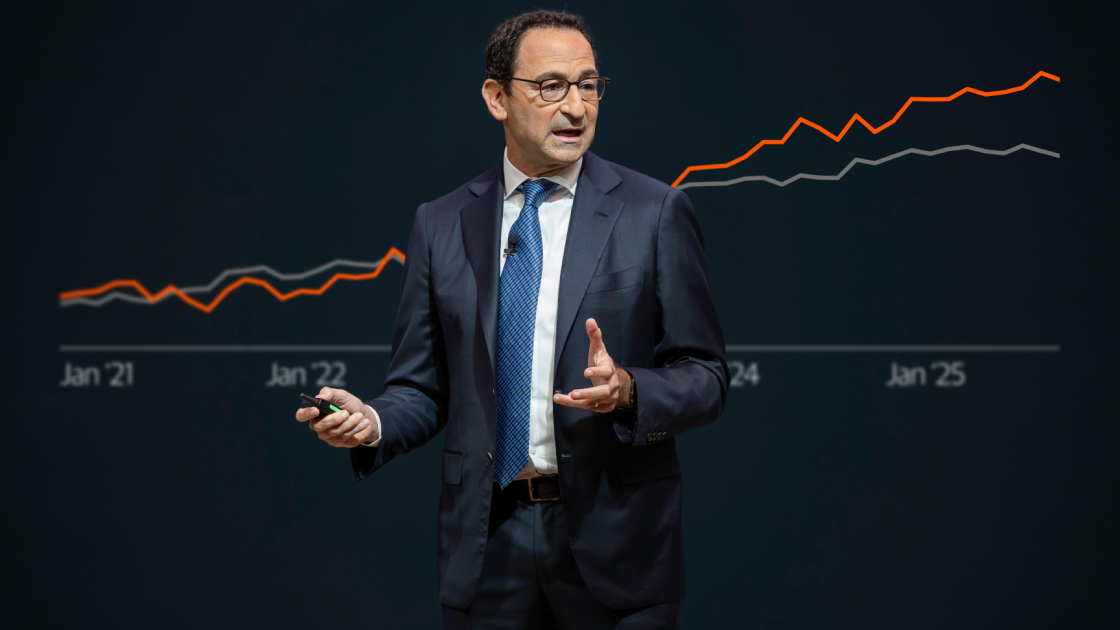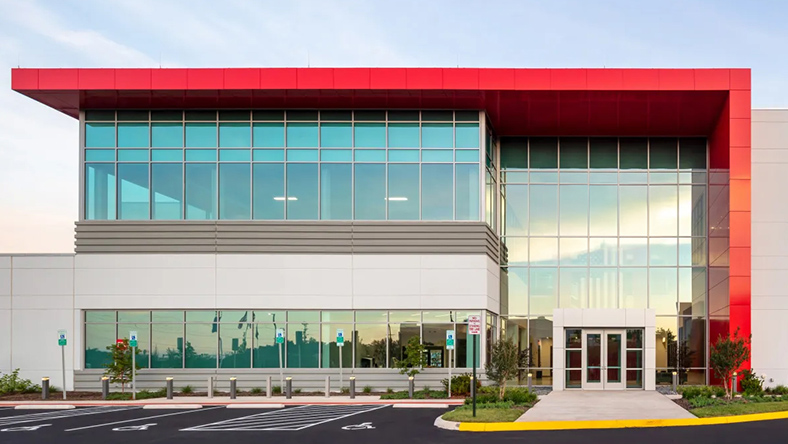Insights

Market Views

Portfolio Insights
Vision, Ambition, and Humanity in the Age of AI: Insights from Blackstone’s CEO Conference

Investment Strategy
Private Credit Beyond the Noise

Portfolio Insights
Behind the Scenes: Inside QTS with Farhad Karim

Market Views
The Deal Dam is Breaking

Investment Strategy
Rethinking the 60%

Firm News
40 Years in 40 Seconds

Firm News
Steve Schwarzman & Jon Gray in Conversation

Portfolio Insights
Powering the Future: Blackstone’s Investments across the Energy Value Chain

Portfolio Insights
Supporting Opportunity Through Shared Ownership

Market Views
Jon Gray on the Economy, AI, and Where to Invest Now

Portfolio Insights
Investing in the Picks and Shovels of AI

Firm News

